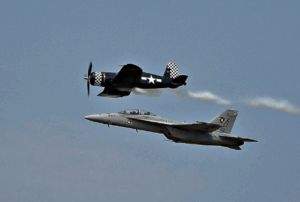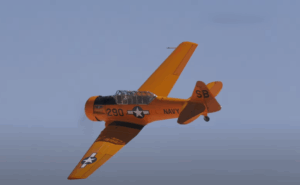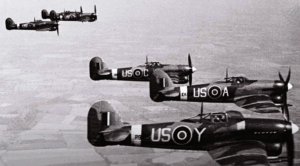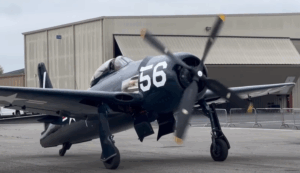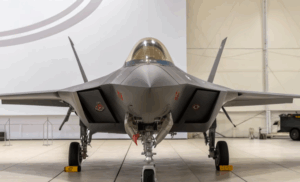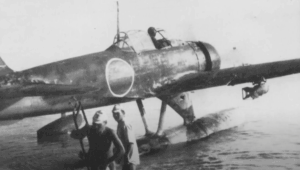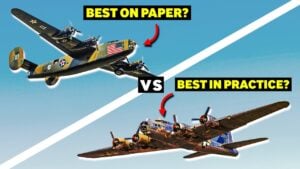How Important Was The B-17’s Paint Scheme?
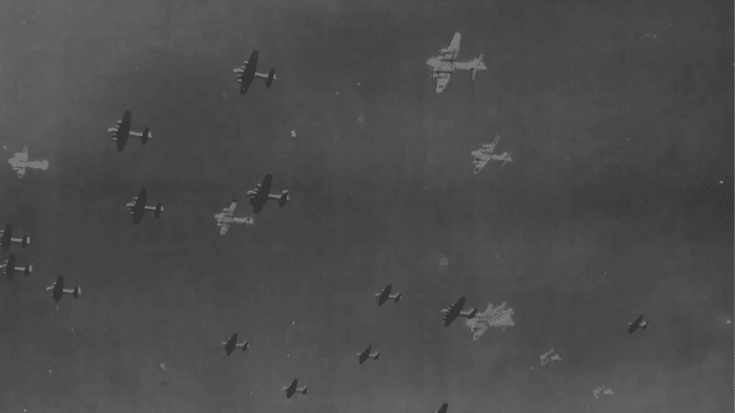
YouTube / WWII US Bombers
Why Were They Unpainted?
In February 1944, both the 8th and 15th Air Force were receiving B-17 bombers in an unpainted state to mitigate production costs, reduce bomber weight, and speed up the delivery process.
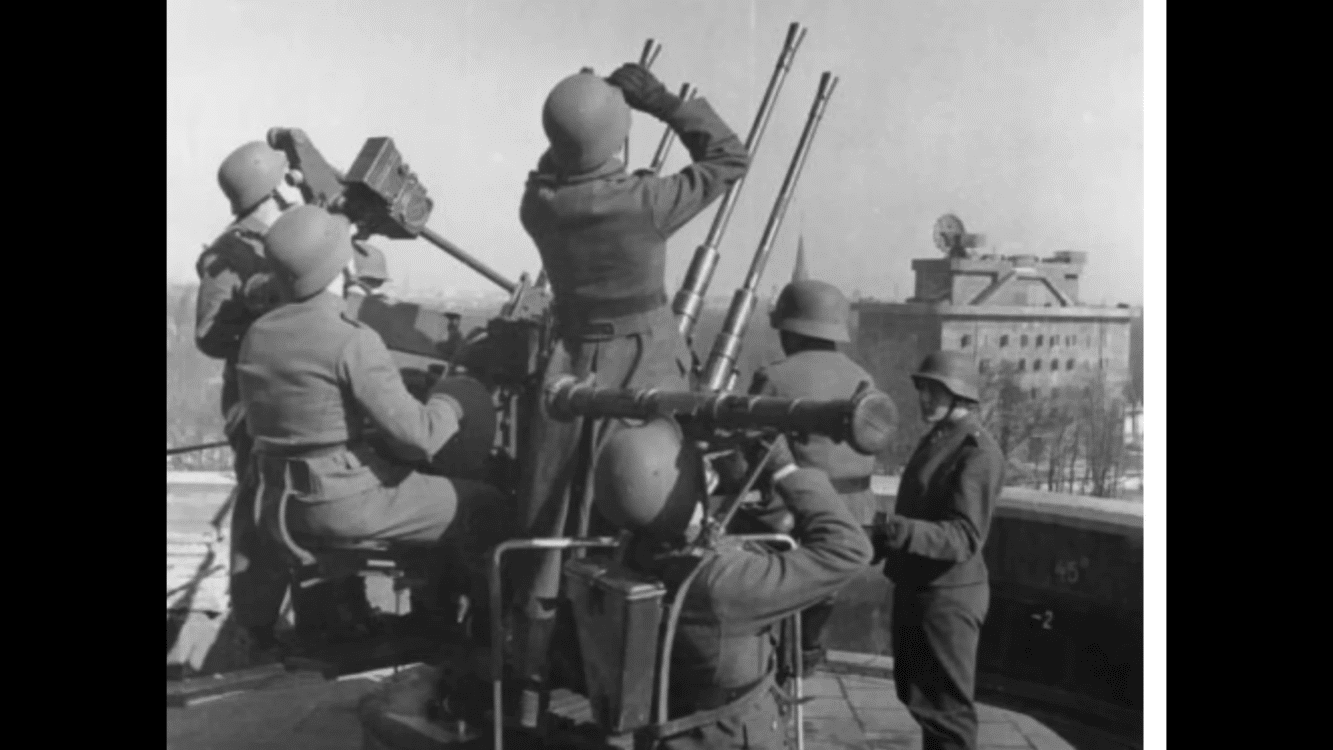
However, the crews of the unpainted B-17s were scared that they would be targeted from the formation because they stood out when paired with painted bombers.
The Two-Coat System
The camouflage paint consisted of a two-coat system. First was a next-to-skin chromated primer base coat which was then finished with either a single coat olive drab color, or a single coat natural gray paint.
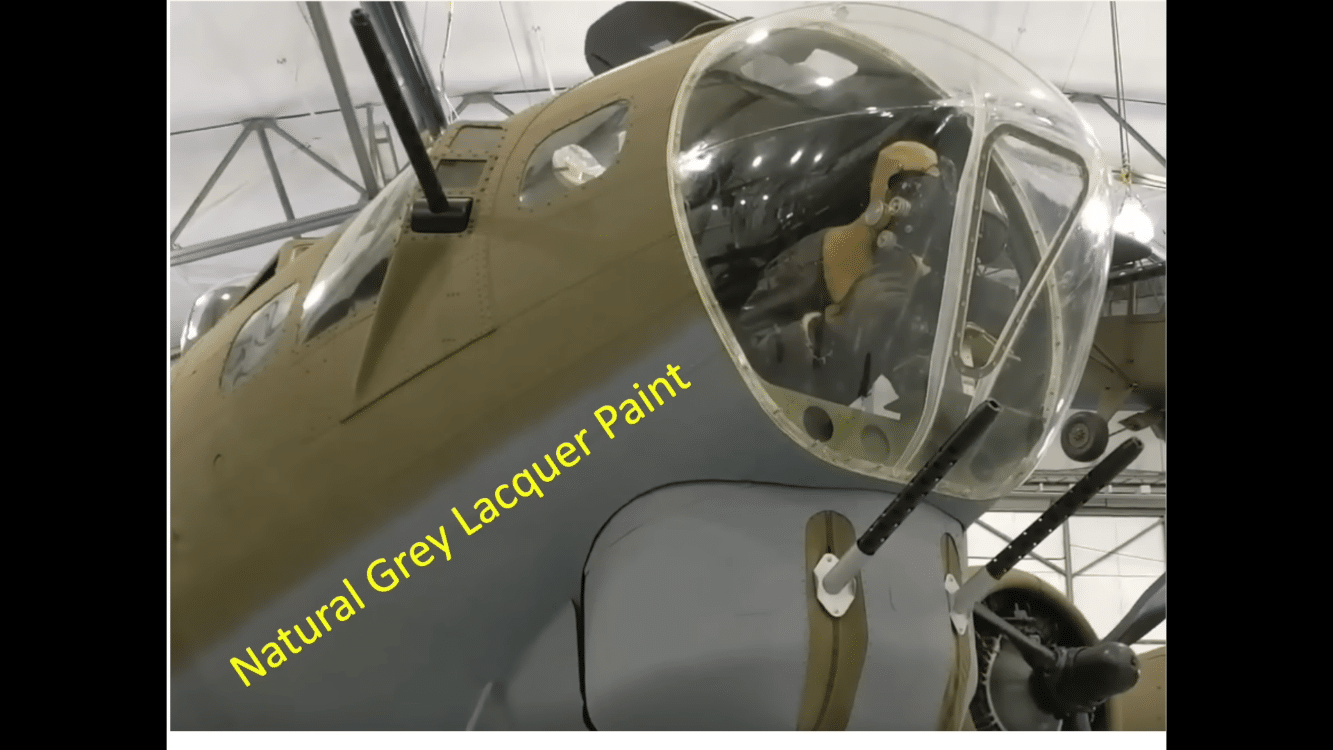
The weight of the primer and paint equated to 75 lbs.
Comparing Painted vs Unpainted B-17s
Flight tests in March 1944 tried to determine the performance differences between a painted and unpainted B-17G bomber.
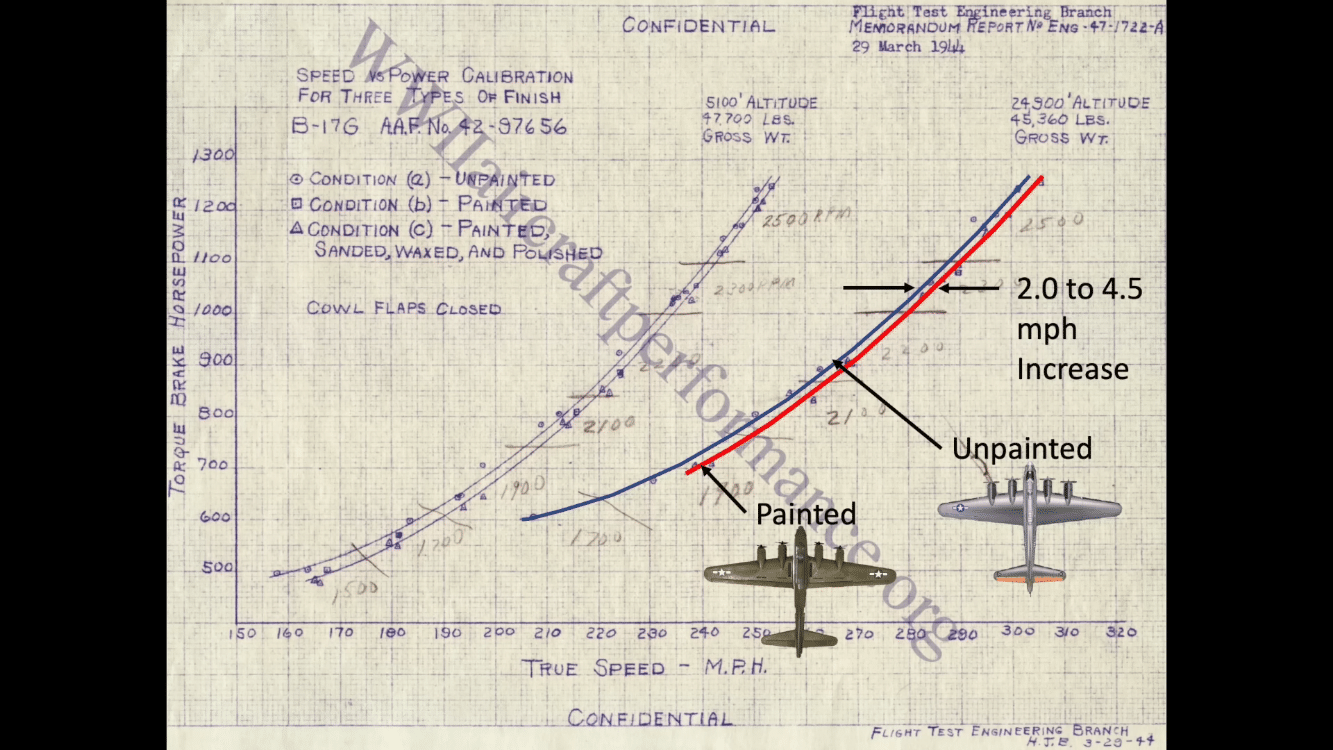
Here’s what they found:
- At 24,900 ft, the painted B-17 flew 2 to 4 mph faster than the unpainted B-17 at the same engine power.
- The same speed increase was also consistent for the tested altitude of 5,100 ft.
- The study concludes with the painted B-17 being 2.5 to 4.5 miles faster than an unpainted B-17.
- An unpainted B-17 will need to increase its engine power by 3% to maintain the same air speed of a painted B-17. However, this also meant it would consume about 3% more fuel than a painted one.
- A painted B-17 will have a 90-mile range advantage when traveling at formation speeds.
- 80 gallons of fuel equates to 490 lbs of more fuel to meet the range requirements of a painted B-17.














